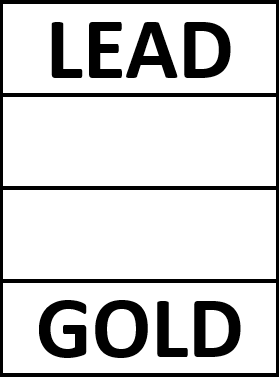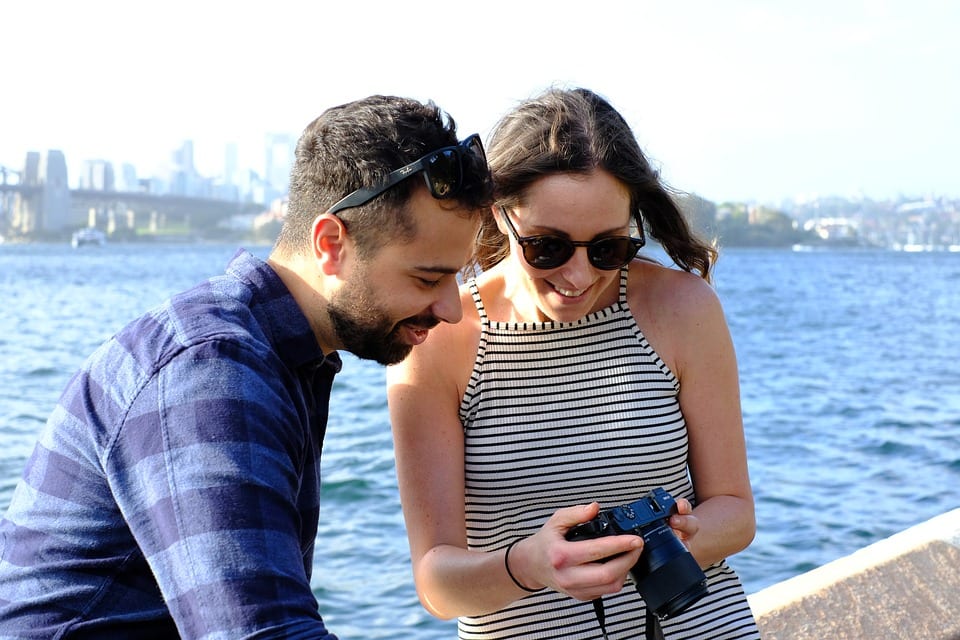Conceiving, planning and writing a decent narrative in the space of 45 minutes is incredibly difficult. One reason is that students don’t have lots of experience of short narratives. They watch feature length movies and (if they read) they read novels. So their idea of a narrative is one of lots of things happening. Yet sometimes the only major thing that ‘happens’ in a narrative is a shift in perspective, in attitude, in tone. Edit: Please read Nick Wells’ post on Shifts in Fiction for more on this.
This week, I have built a series of lessons for my year sevens around a short film called The Present, using it as a model to teach some aspects of narrative writing. In one lesson, we experimented with different paragraphs, focusing on the boy’s change of attitude towards the dog.
Sequence 1:
First paragraph: Attention on game – dog is in background > Second paragraph: Attention split between game and dog > Third paragraph: Full attention on dog.
Or sequence 2:
First paragraph: Describe how stupid the dog’s behaviour is > Second paragraph: Describe how funny the dog’s behaviour > Third paragraph: Describe how AWESOME the dog’s behaviour is.
Instead of just writing about all the things that were happening, there was a conscious focus on how the attitude of the boy shifted, and how we might present this.
While students may not have encountered many short stories, they have read, seen and witnessed many of these moments where we go from here to there, where there is a perception or an attitude shift.
For example, Susan Boyle on Britain’s Got Talent has 232,719,477 views at the time I am writing this. There are not many better examples of a shift in perception than her story. From here: everyone is laughing and cynically judging > she sings > to there: standing ovations and adulation. How does that narrative work from her perspective? From Simon Cowell’s? From an audience member’s? There are many clips which follow a similar narrative arc on these types of shows. And any dramatic scene or sequence from a book has simple shifts like this.
 Imagine that we watched only the beginning and end of that Susan Boyle clip, or did the same for The Present. Then we would be left with the black box and could try to figure out what happened to cause that shift. In exploring the black box, we can then develop interesting narratives.
Imagine that we watched only the beginning and end of that Susan Boyle clip, or did the same for The Present. Then we would be left with the black box and could try to figure out what happened to cause that shift. In exploring the black box, we can then develop interesting narratives.
You could provide prompts to generate these interesting narratives:
- From hate to love
- From despair to hope
- From mistrust to horror
 In exams, students will have photo prompts. When we have photo prompts, it’s interesting to consider whether this is the ‘here’ or the ‘there’. Is this picture the ‘here’, and we start from laughter and move towards something else? Perhaps one of their photographs shows someone in the background. Perhaps it isn’t their camera and the photos take a sinister turn. Or maybe it is the ‘there’, and the laughter has been a shift from some growing tension.
In exams, students will have photo prompts. When we have photo prompts, it’s interesting to consider whether this is the ‘here’ or the ‘there’. Is this picture the ‘here’, and we start from laughter and move towards something else? Perhaps one of their photographs shows someone in the background. Perhaps it isn’t their camera and the photos take a sinister turn. Or maybe it is the ‘there’, and the laughter has been a shift from some growing tension.
It can also be a useful strategy to try to turn some recurring default narratives into something more interesting. Let’s take the old favourite boy-plays-in-cup-final-and-scores-the-winning-goal narrative. What will be the most interesting shifts here? From here: the optimism when stepping up to the penalty> the miss> to there: desolation and shame. From here: the father expecting his son to miss>goal> to there pride and guilt.
So that is my new strategy: ‘From here to there’. Next week, I will share an additional strategy for building narratives about two men with moustaches: ‘to me to you’.